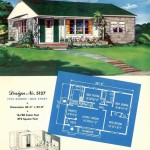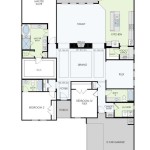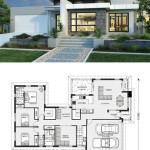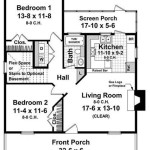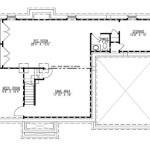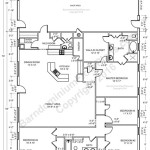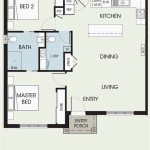Audubon Society Bird House Plans: A Comprehensive Guide
The Audubon Society, a renowned conservation organization, provides a wealth of resources for promoting backyard birding and wildlife habitats. Their bird house plans are meticulously designed to meet the specific needs of different bird species, ensuring their well-being and encouraging their presence.
Understanding Bird House Design Principles
Before constructing bird houses, it's crucial to understand their design principles. These principles include:
- Size and Shape: The overall dimensions of a bird house should accommodate the size of its intended occupants.
- Entrance Hole Size: The diameter of the entrance hole dictates which species can access the nest box.
- Ventilation: Proper ventilation is essential to prevent condensation and provide a healthy environment for the birds. li>Drainage: Drainage holes allow rainwater to escape, keeping the nest box dry.
Audubon Society's Bird House Plans
The Audubon Society offers a range of bird house plans tailored to various bird species. These include:
- Eastern Bluebird House: Designed specifically for Eastern Bluebirds, this house features a 1-1/2 inch entrance hole and a sloping roof.
- Chickadee House: Ideal for Chickadees, this house has a 1-1/8 inch entrance hole and a smaller overall size.
- Purple Martin House: Catered towards Purple Martins, this house consists of multiple compartments with 2 inch entrance holes.
- Swallow House: Designed for Swallows, this house has a 1-3/4 inch entrance hole and a rectangular shape.
Materials and Construction
The Audubon Society recommends using cedar lumber for bird house construction due to its durability and resistance to rot. Other suitable materials include cypress and pine.
The construction process involves cutting the lumber to size, assembling the house using non-toxic glue and screws, and ensuring proper ventilation and drainage.
Placement and Maintenance
Once constructed, bird houses should be placed in suitable locations with adequate shelter from wind and rain. They should be positioned approximately 5 to 10 feet above the ground, and out of reach of predators.
Regular maintenance is crucial to ensure the longevity of the bird houses. This includes cleaning them out annually, removing old nesting material, and inspecting for any damage.
Conclusion
By following the Audubon Society's bird house plans and adhering to the recommended design principles, you can create a welcoming habitat for birds, fostering their presence in your backyard and contributing to the conservation of native bird species.
How To Build Your Birdhouses
How To Build Your Birdhouses

The Audubon Birdhouse Book

Free Bluebird House Plans Multiple Designs

Birdhouse And Nest Box Plans For Several Bird Species The Birders Report

Audubon Birdhouse Book Revised And Updated 2nd Edition By Margaret A Barker Elissa Ruth Wolfson National Society Paperback

National Audubon Society 11 75 In H Unfinished Wood Bluebirds Nesting Box Bird House The Houses Department At Com

How To Build A Bluebird Nest Box Audubon

Image Result For Audubon Screech Owl Nest Box Plans Bird House Free Nesting Boxes

National Audubon Society 11 75 In H Unfinished Wood Bluebirds Nesting Box Bird House The Houses Department At Com


